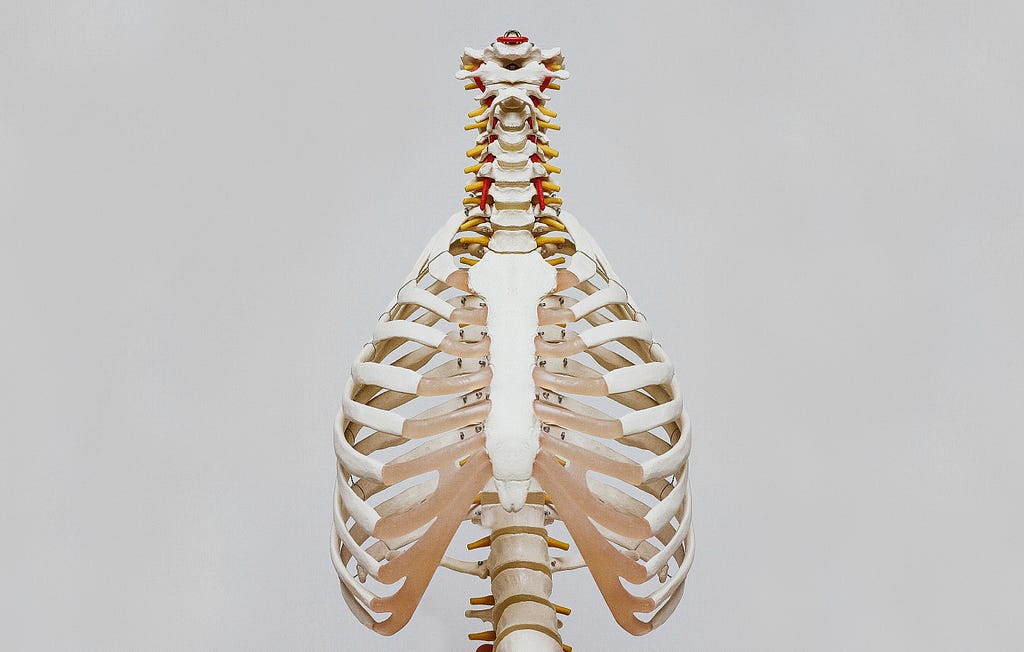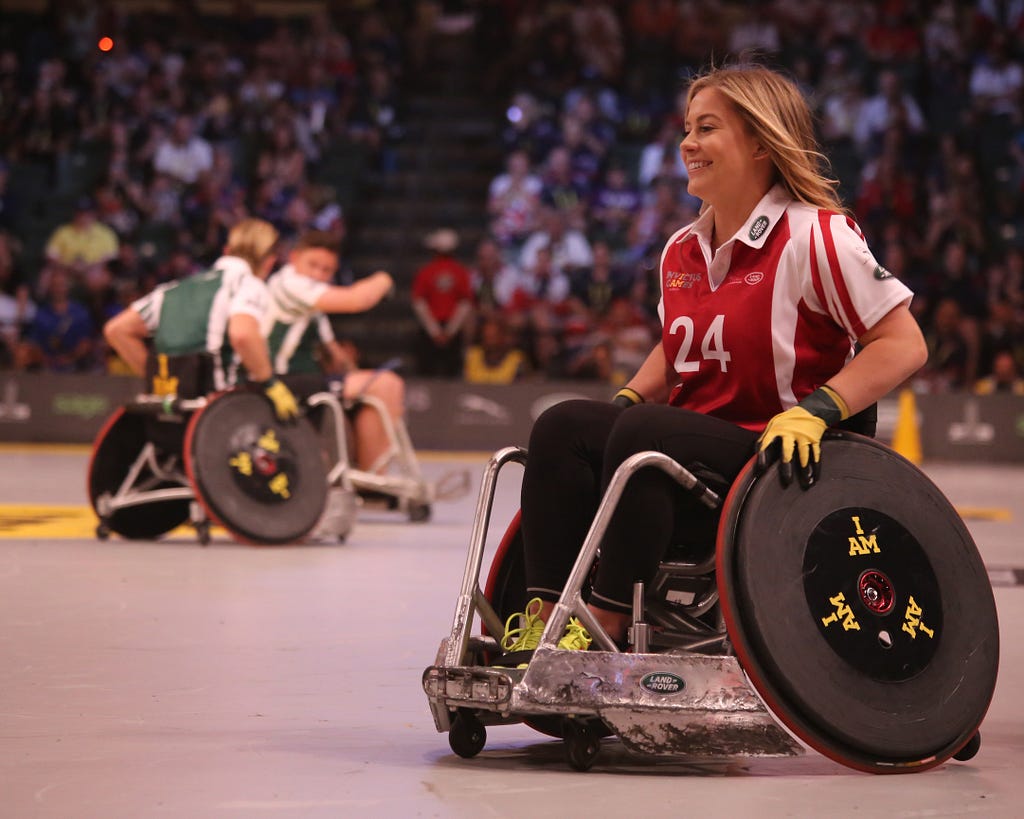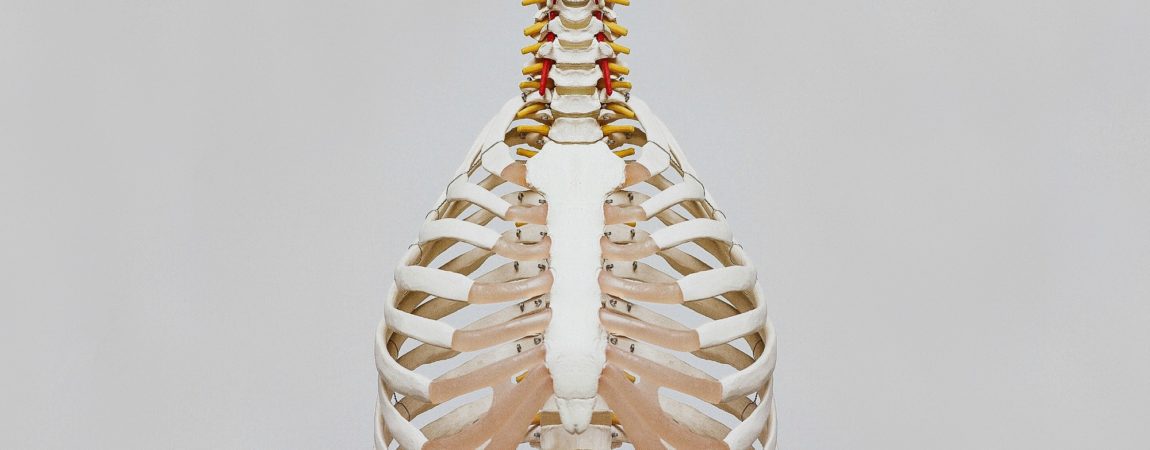By Alex Marques, edited by Caroline Osterman

These developments will meet a profound need — over 1 in 10 adults in the U.S. have some degree of mobility difficulty, while more than 5.8 million suffer from major limitations.For many, these devices pose a heavy economic burden. Around 9% of adults without mobility issues subsist below the poverty line; for those affected by lower-extremity impairment, the rate is nearly 1 in 4 (Iezzoni, 2001). About half of users have to pay for their devices entirely on their own or with family funding (Kaye, 2000). Lower-extremity assistive exoskeletons have the potential to restore more functionality and independence than powered wheelchairs, with greater health benefits. However, current prices range from $30K to well over $80K. Even with insurance reimbursement, this proves prohibitively expensive for those who need the technology most. Many approaches must be taken to drive down cost. Here are just a few strategies to consider:
1) Don’t just build a product — build a platform.
Adapting systems to a variety of applications will allow for larger production. For example, B-Temia (Canada) has released both the “Keeogo” medical device and the “K-SRD” military/industrial system (B-temia Human Augmentation, n.d.). The economy of scale translates to per-unit savings that can make exoskeletons more accessible.
2) Account for cost of ownership.
A powered wheelchair only lasts around three years, yet replacement parts and repairs can be expensive. For exoskeletons to compete in longevity and price, it is critical to design for maintenance. Adding servicing and diagnostic features, as well as using easy-to-replace standard parts, can drive down the total cost of ownership.3) Anticipate regulations.
FDA regulations for exoskeletons are lagging behind the technology. For example, the product classification specifies control via a wrist-worn “wireless communicator,” though that was only a feature of the first approved device (U.S. Food and Drug Administration, 2014). As the field progresses, manufacturers should anticipate revamped regulations by studying risk factors such as falls, skin abrasion, and long-term effects (He, 2017). Standards are still being defined, but attention to clinical evaluation will pay dividends.4) Shape public perception.
By directly engaging the public, experts can share exciting visions of how exoskeletons will solve real-world problems, and break exoskeletons out of the realm of science fiction. Development kits, such as EduExo, will provide students and enthusiasts with hands-on experience (Marinov, 2017). Shaping perception is key to inspiring the next generation of innovators and pushing exoskeletons into broader use.Shaping perception is key to inspiring the next generation of innovators and pushing exoskeletons into broader use.With ingenuity and time, these devices can become widely accessible. And for those suffering from mobility disorders, making assistive exoskeletons mainstream means making miracles happen every day.
References
- B-temia Human Augmentation. (n.d.). Retrieved from http://www.b-temia.com/.
- He, Y., Eguren, D., Luu, T. P., & Contreras-Vidal, J. L. (2017). Risk management and regulations for lower limb medical exoskeletons: a review. Medical Devices (Auckland, N.Z.), 10, 89–107.
- Iezzoni, L. I., McCarthy, E. P., Davis, R. B., & Siebens, H. (2001). Mobility Difficulties Are Not Only a Problem of Old Age. Journal of General Internal Medicine, 16 (4), 235–243.
- Kaye, H.S., Kang, T., & LaPlante, M.P. (2000). Mobility device use in the United States. Disability Statistics Report, 14 . Washington, DC: U.S. Department of Education, National Institute on Disability and Rehabilitation Research.
- Marinov, B. (2017, February 17). Introducing EduExo. Retrieved from http://exoskeletonreport.com/2017/02/introducing-eduexo/.
- U.S. Food and Drug Administration. (2014, June 26). Powered Exoskeleton. Retrieved from http://www.accessdata.fda.gov/scripts/cdrh/cfdocs/cfPCD/classification.cfm?ID=PHL.
Op-Ed: Improving accessibility and affordability of assistive exoskeletons was originally published in Berkeley Master of Engineering on Medium, where people are continuing the conversation by highlighting and responding to this story.


